
Happy Kids, Healthy Smiles, Zero Stress

Fun, Friendly, and Tooth Fairy Approved
400+ 5-Star Google Reviews ⭐⭐⭐⭐⭐
Happy Kids, Healthy Smiles, Zero Stress
Fun, Friendly, and Tooth Fairy Approved
400+ 5-Star Google Reviews
⭐⭐⭐⭐⭐


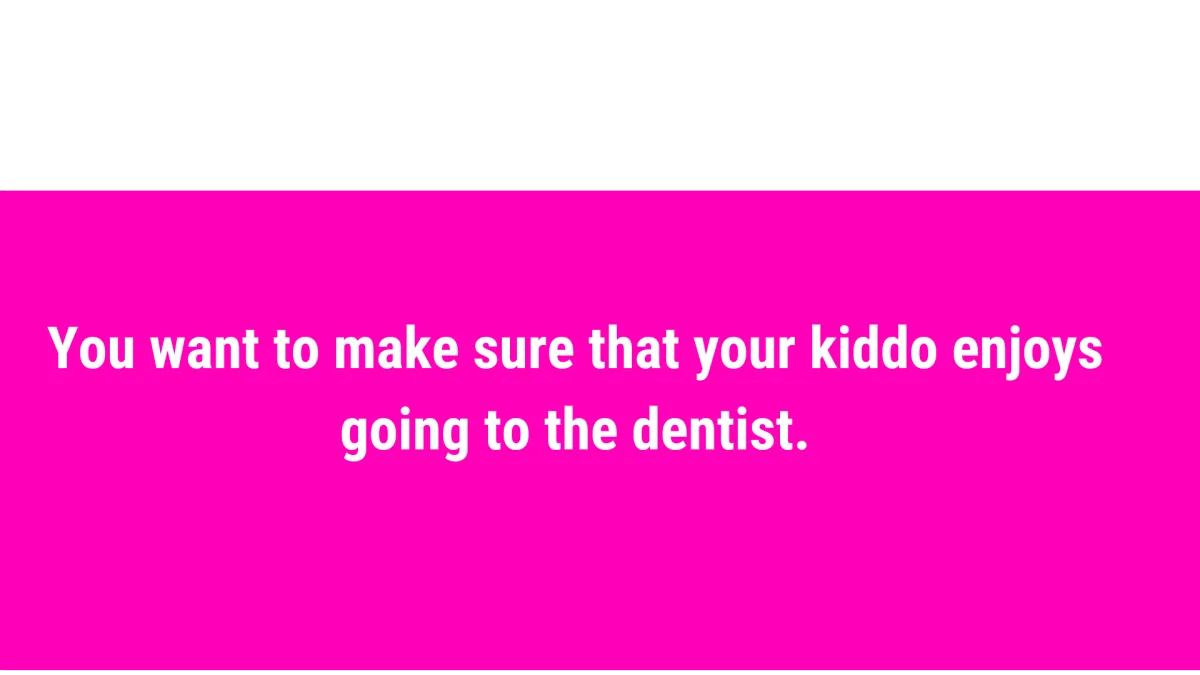
You want your kiddo to enjoy going to the dentist.

❌ You may worry about how your child will feel during dental visits.
❌ It can feel overwhelming to find a kid-friendly dentist you trust
❌You might not know when it’s the right time to bring your child in.
❌ Juggling your schedule with your child’s appointments can be tricky.
❌ You might wonder if early care for baby teeth is really needed.
❌ You may worry about how your child will feel during dental visits.
❌ It can feel overwhelming to find a kid-friendly dentist you trust
❌You might not know when it’s the right time to bring your child in.
❌ Juggling your schedule with your child’s appointments can be tricky.
❌ You might wonder if early care for baby teeth is really needed.
Caring for Smiles of All Ages Under One Roof.
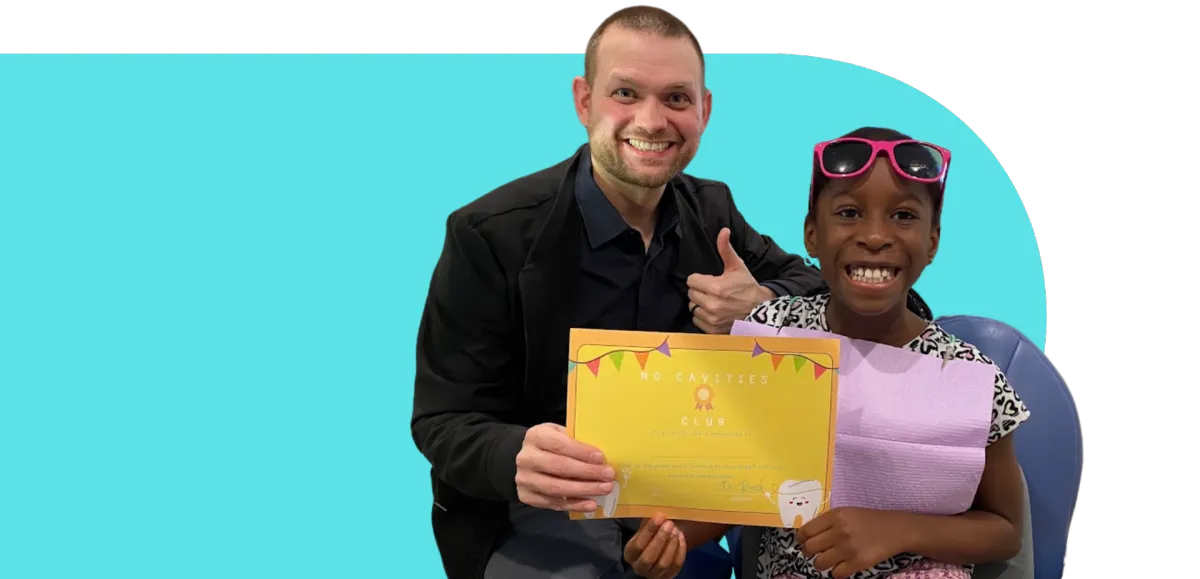
Dental Care for the Whole Family, Including Your Little Ones.



Cavity Free Club
These kids proudly earned a certificate for keeping their smiles cavity-free by fighting off the sugar bugs!
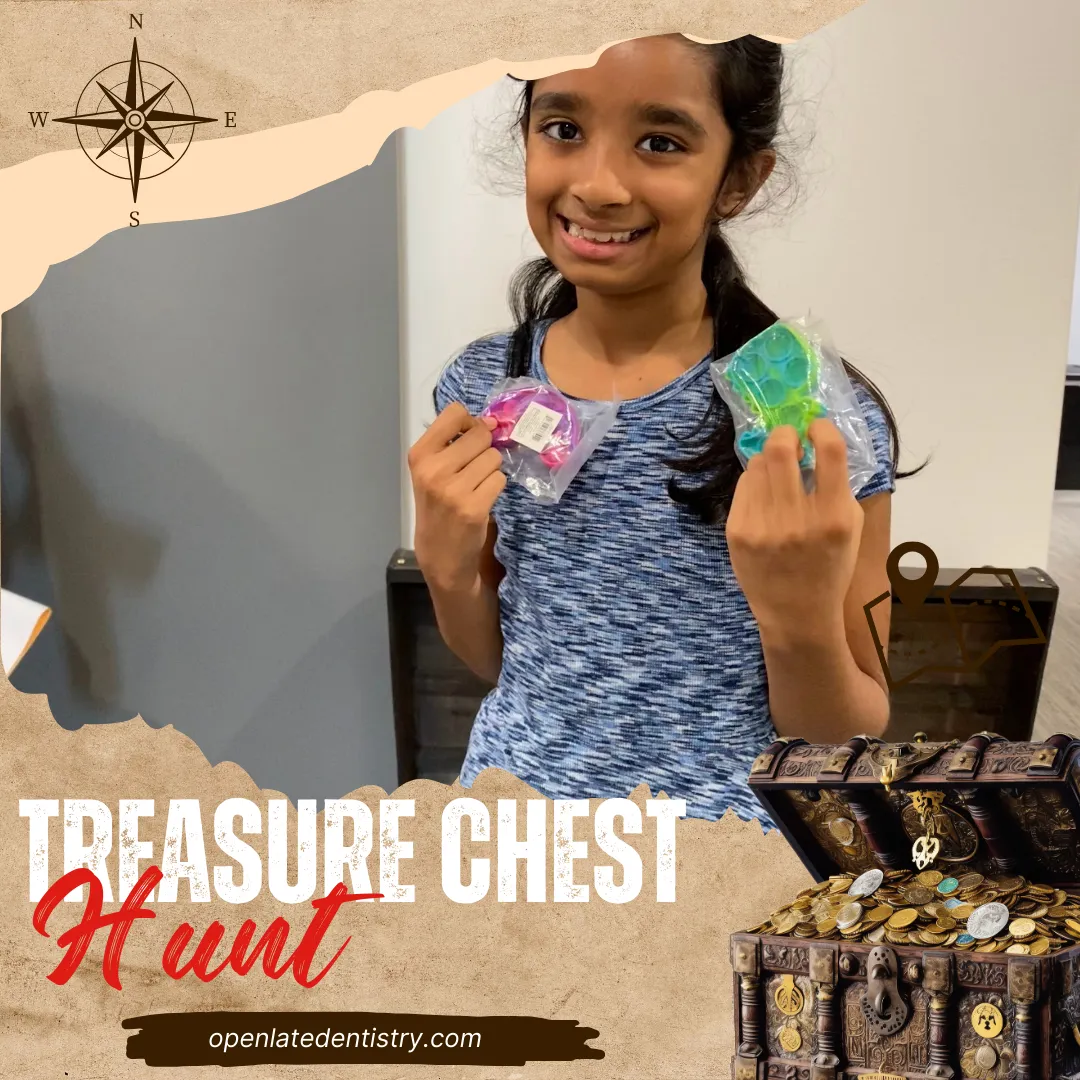
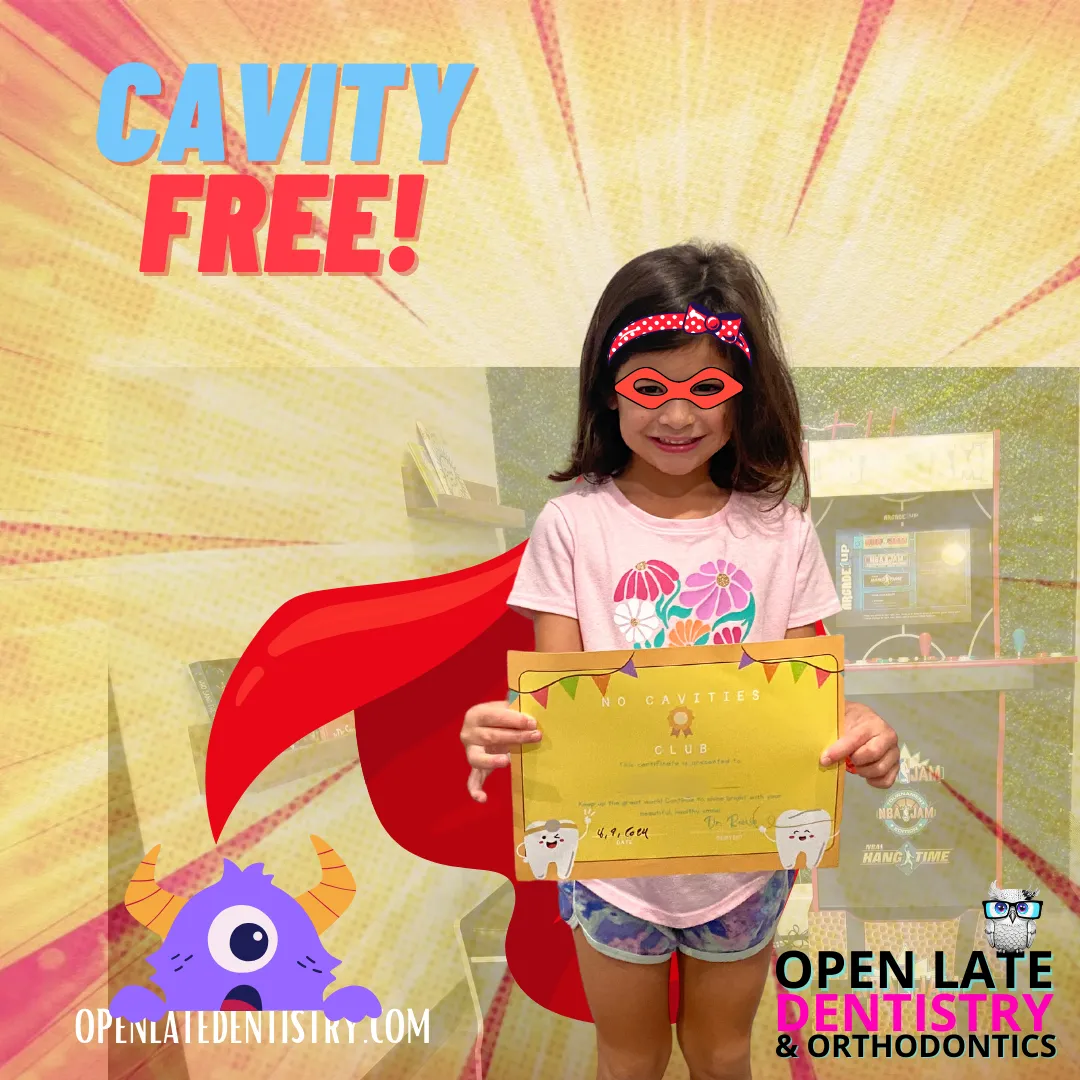
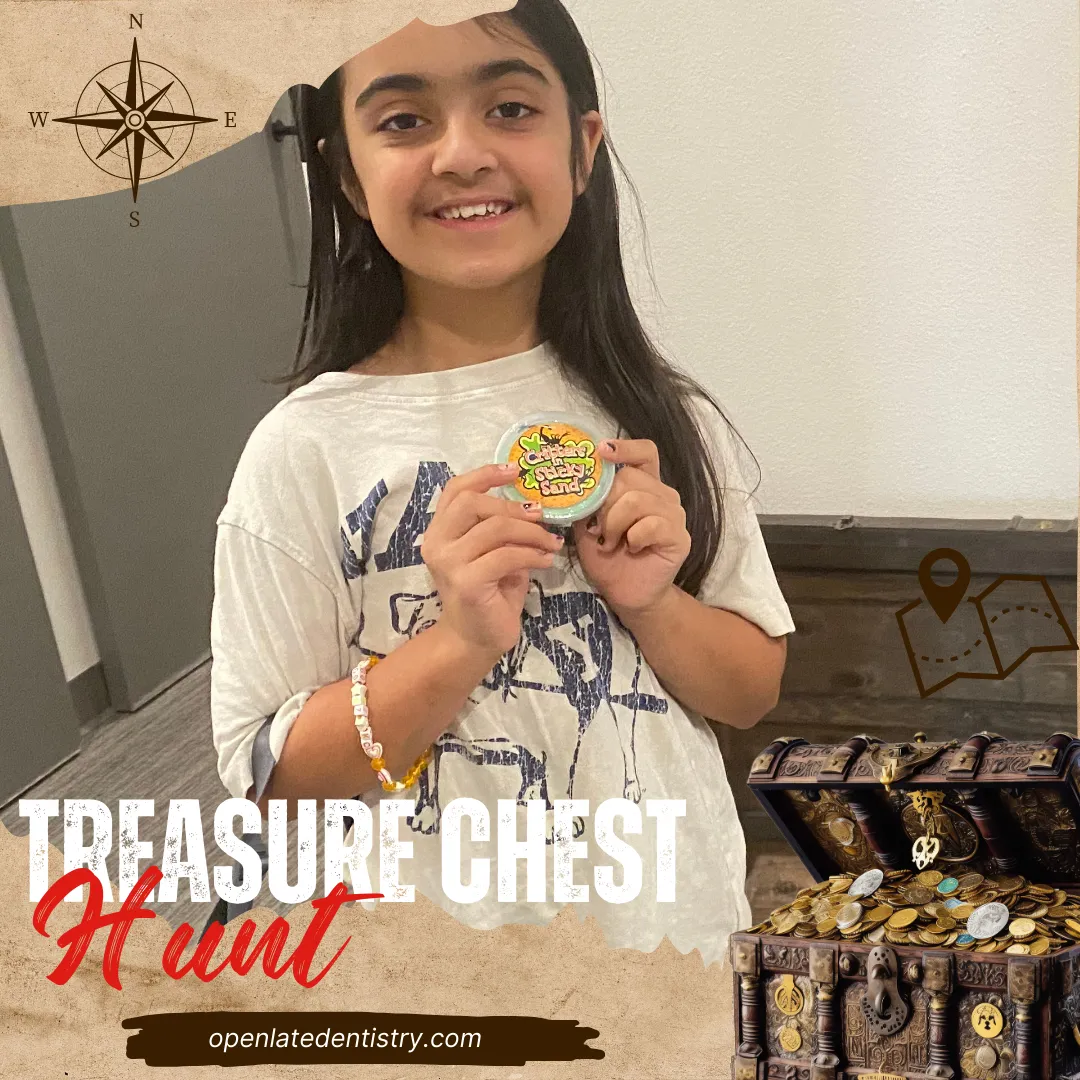
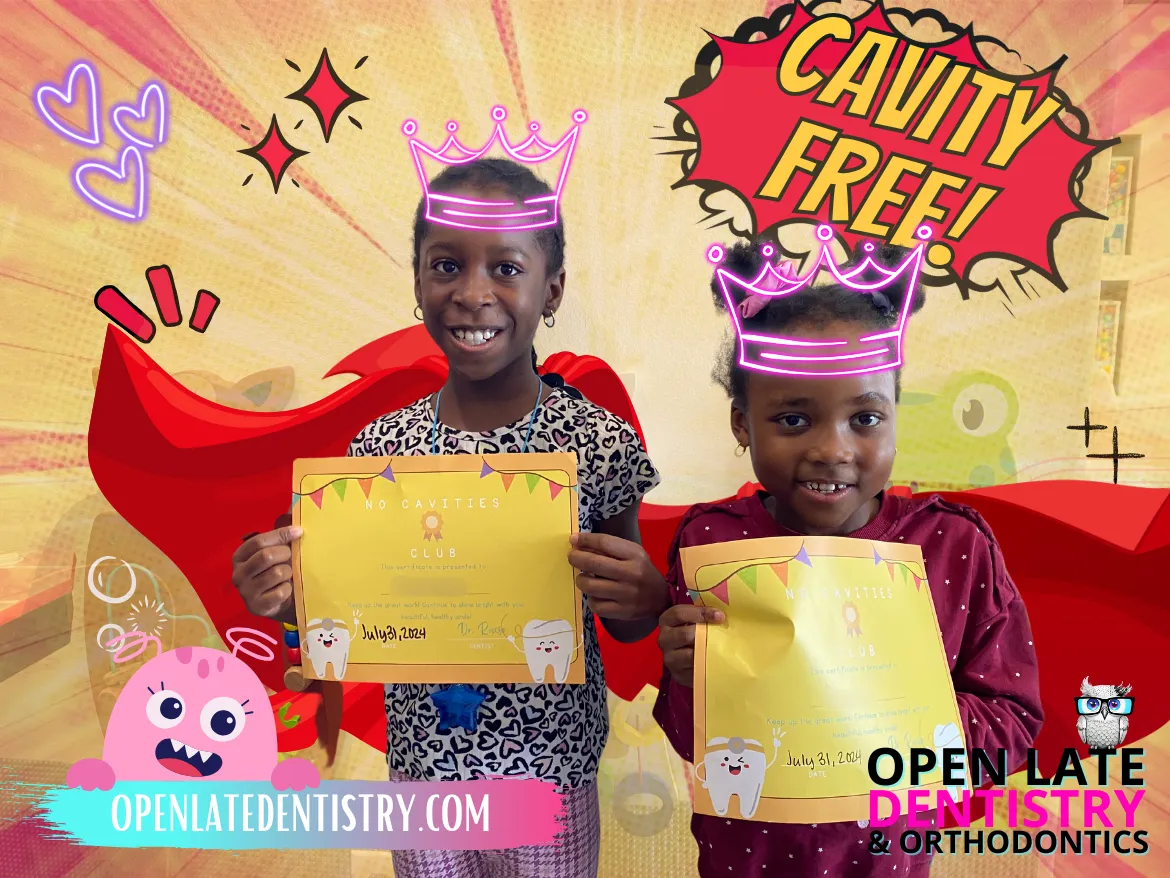
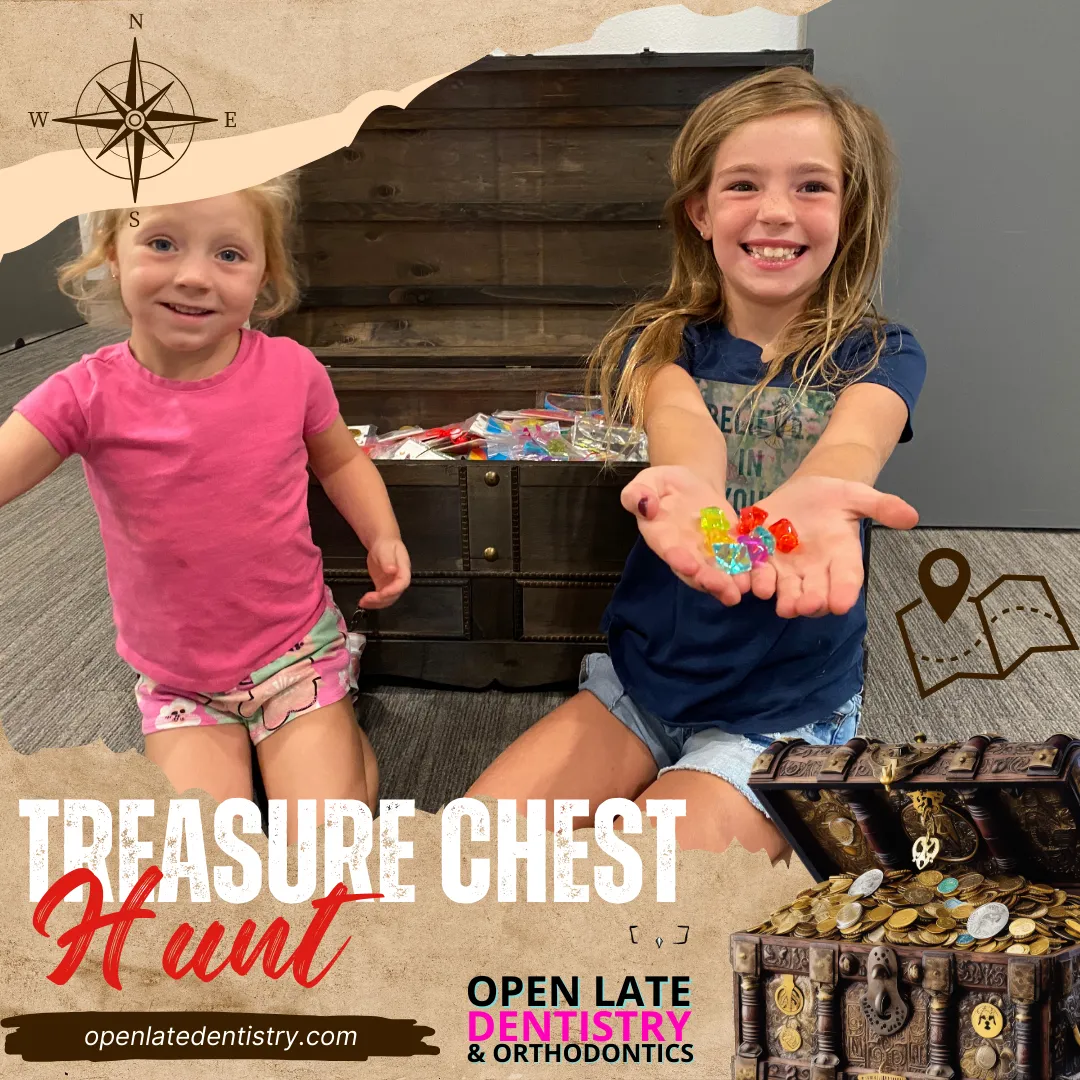

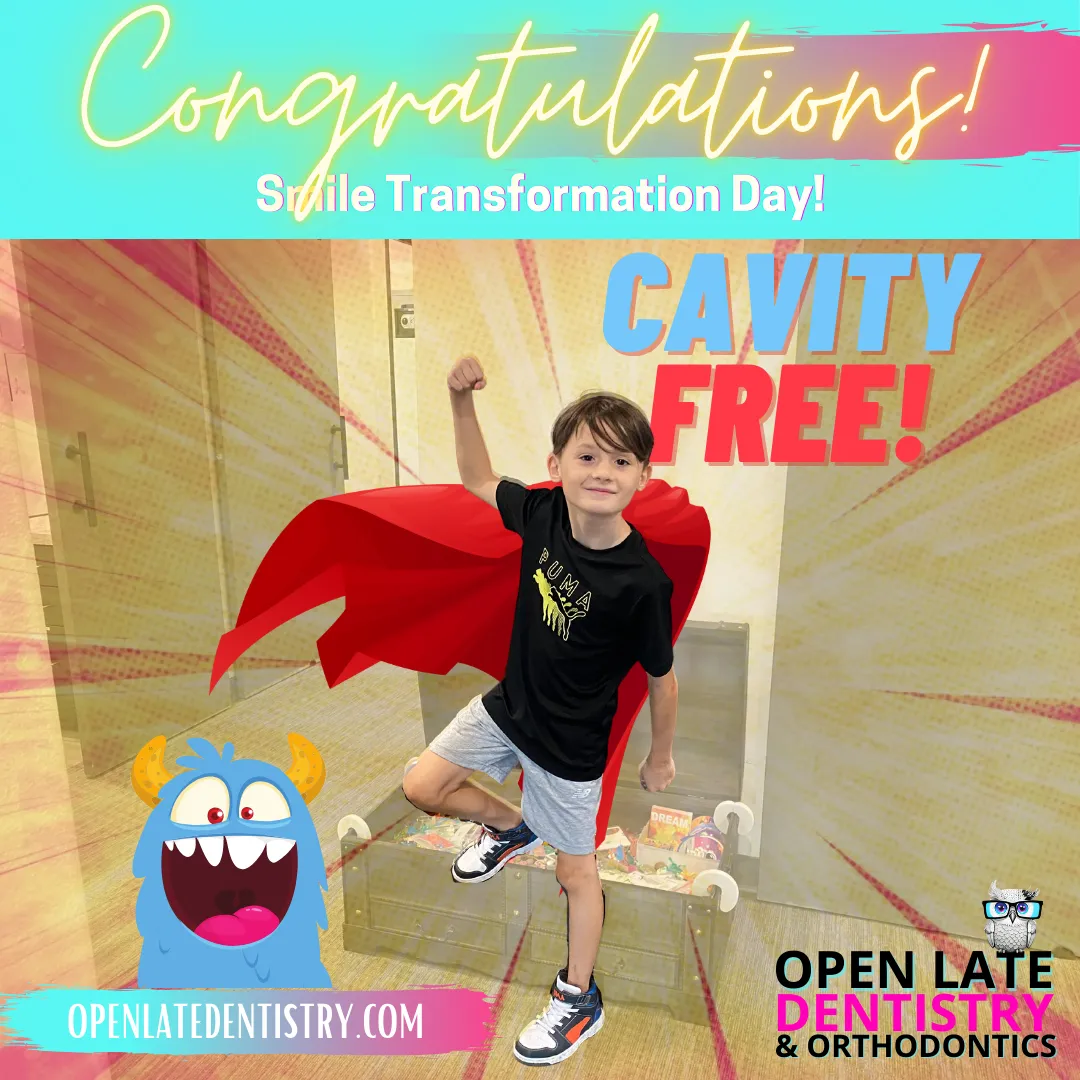
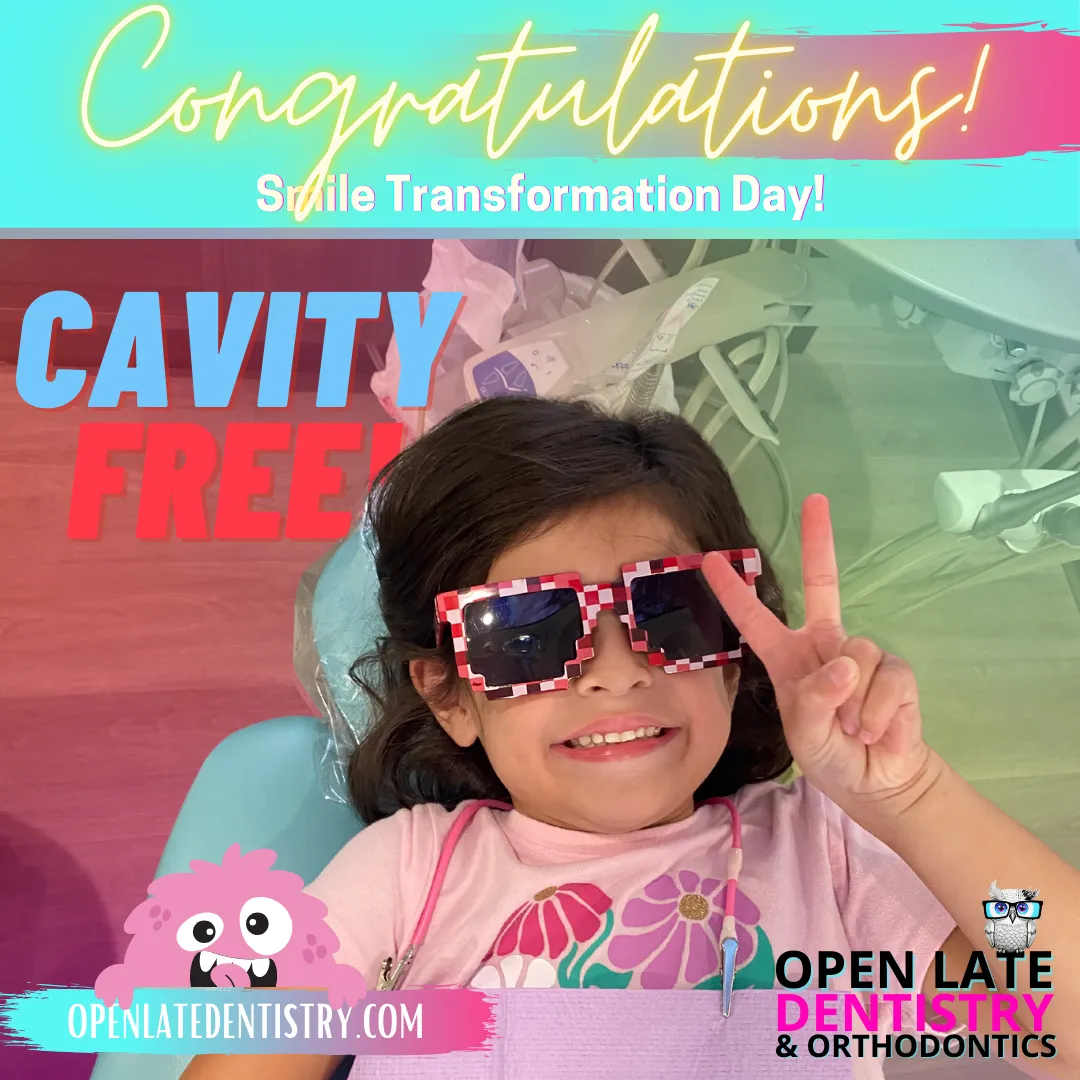
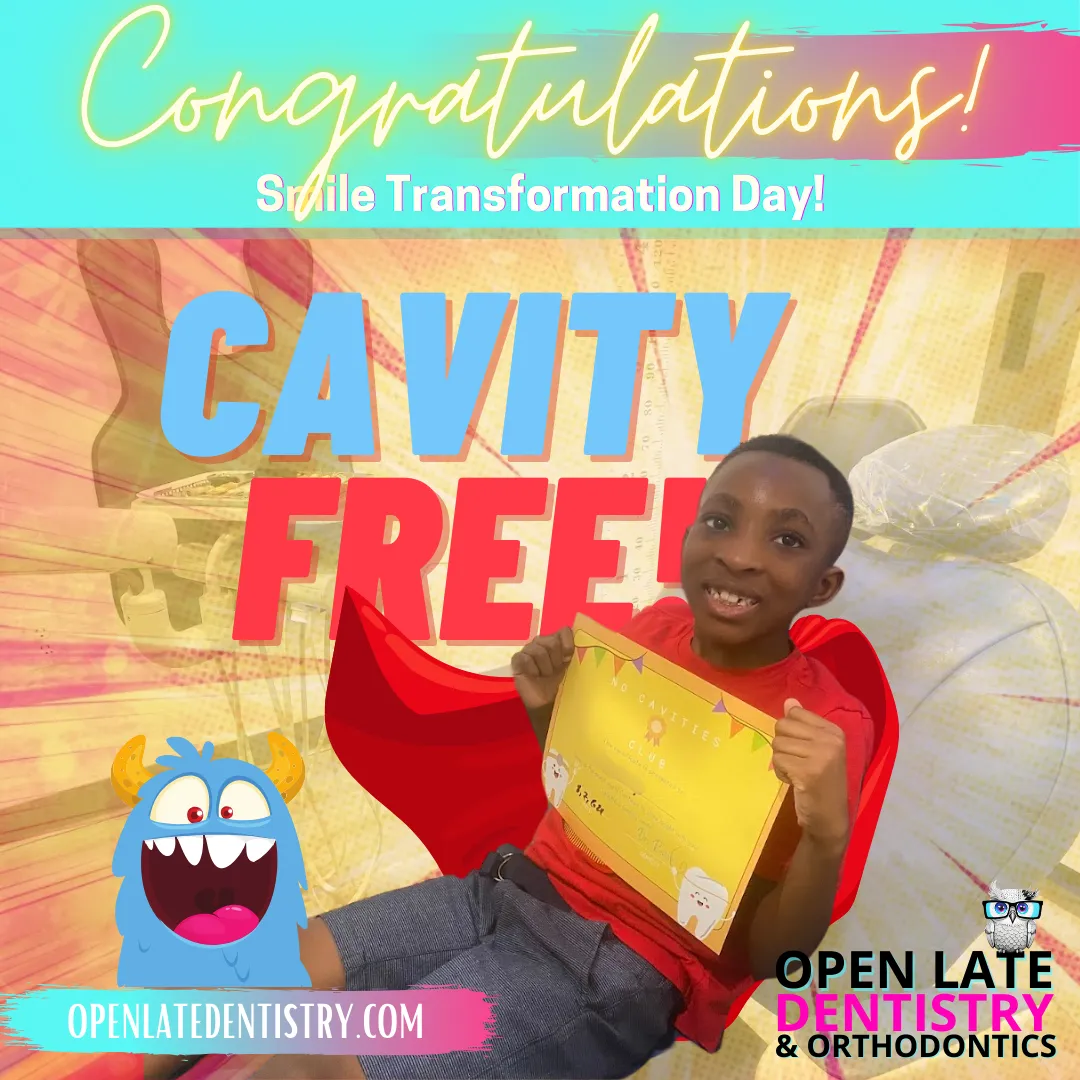
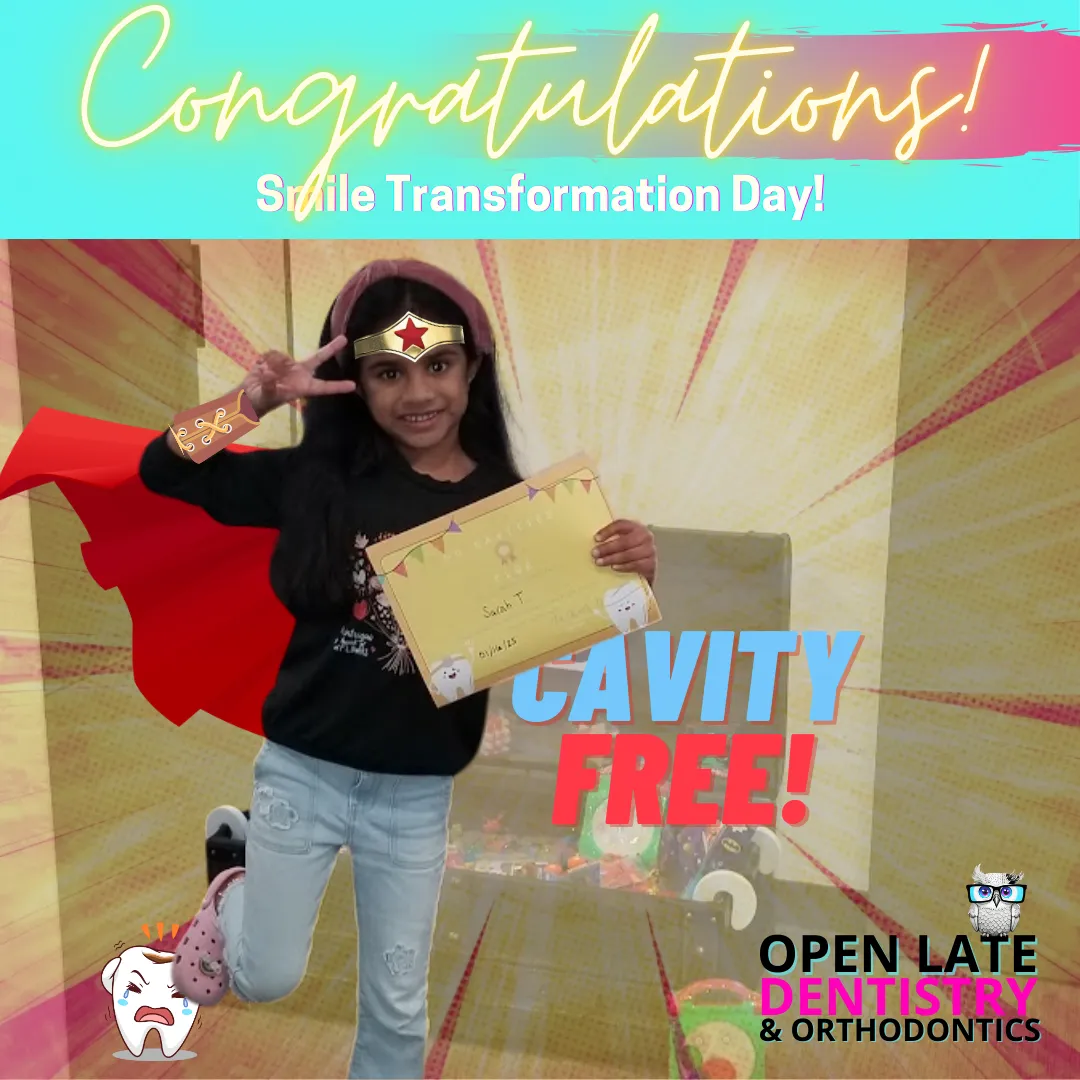

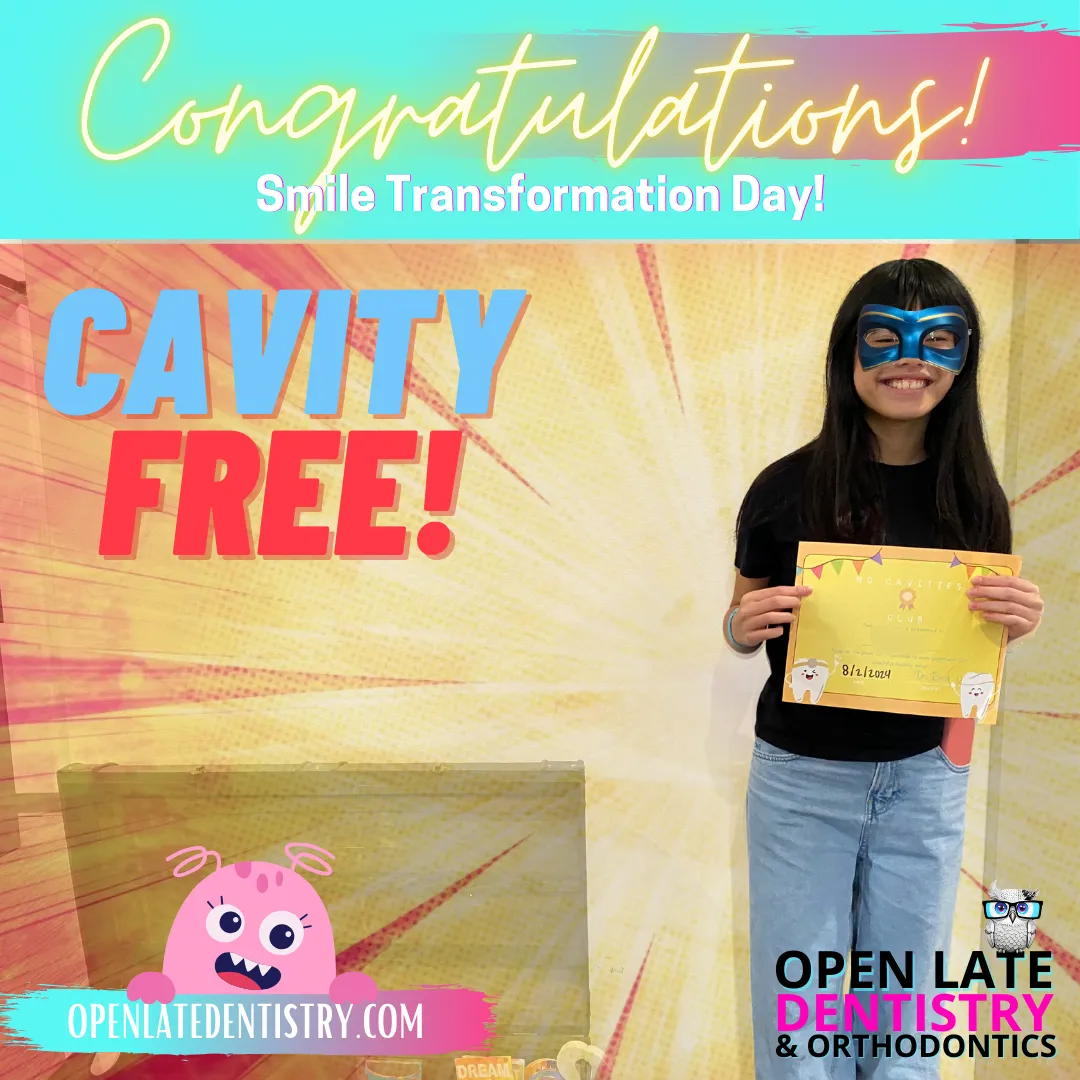
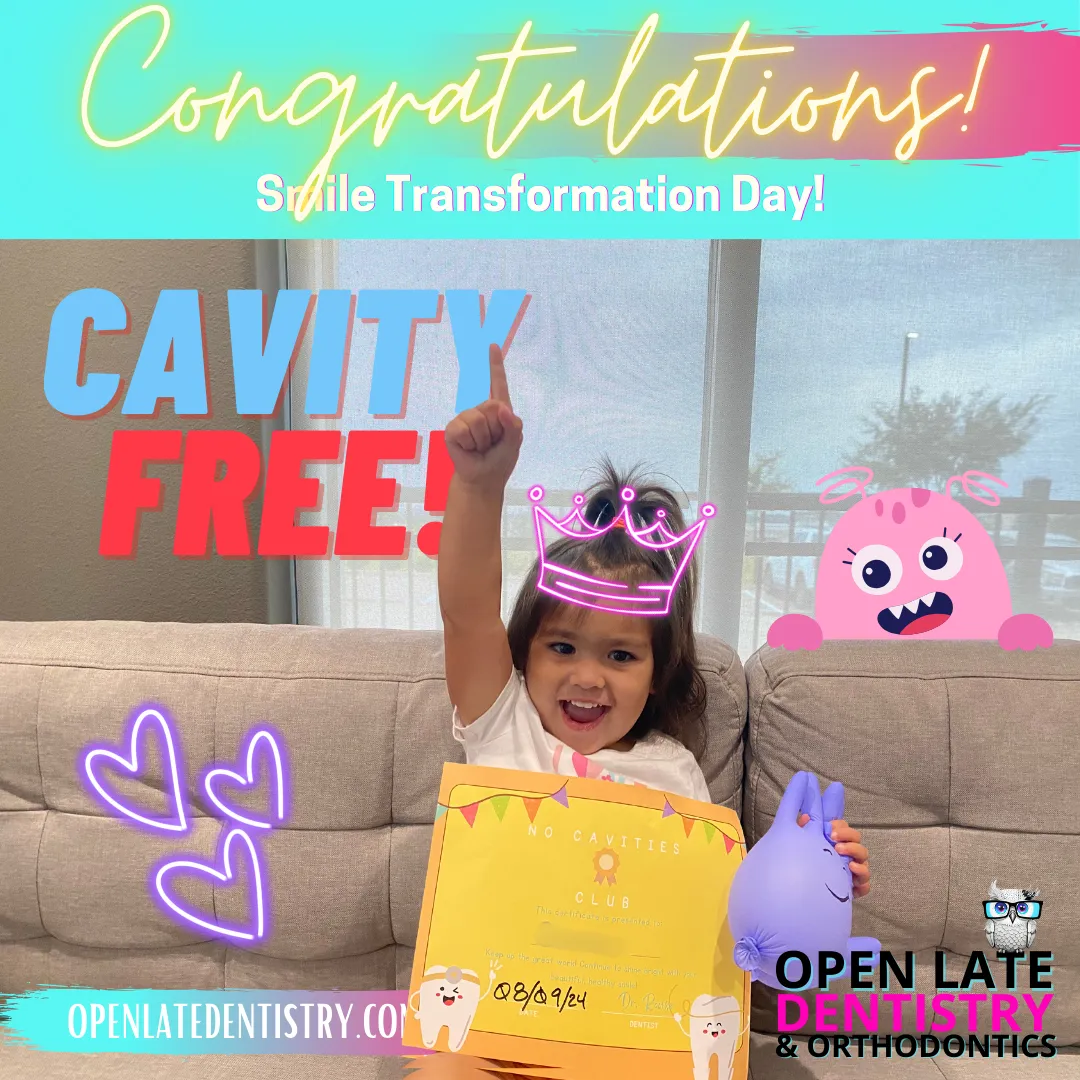
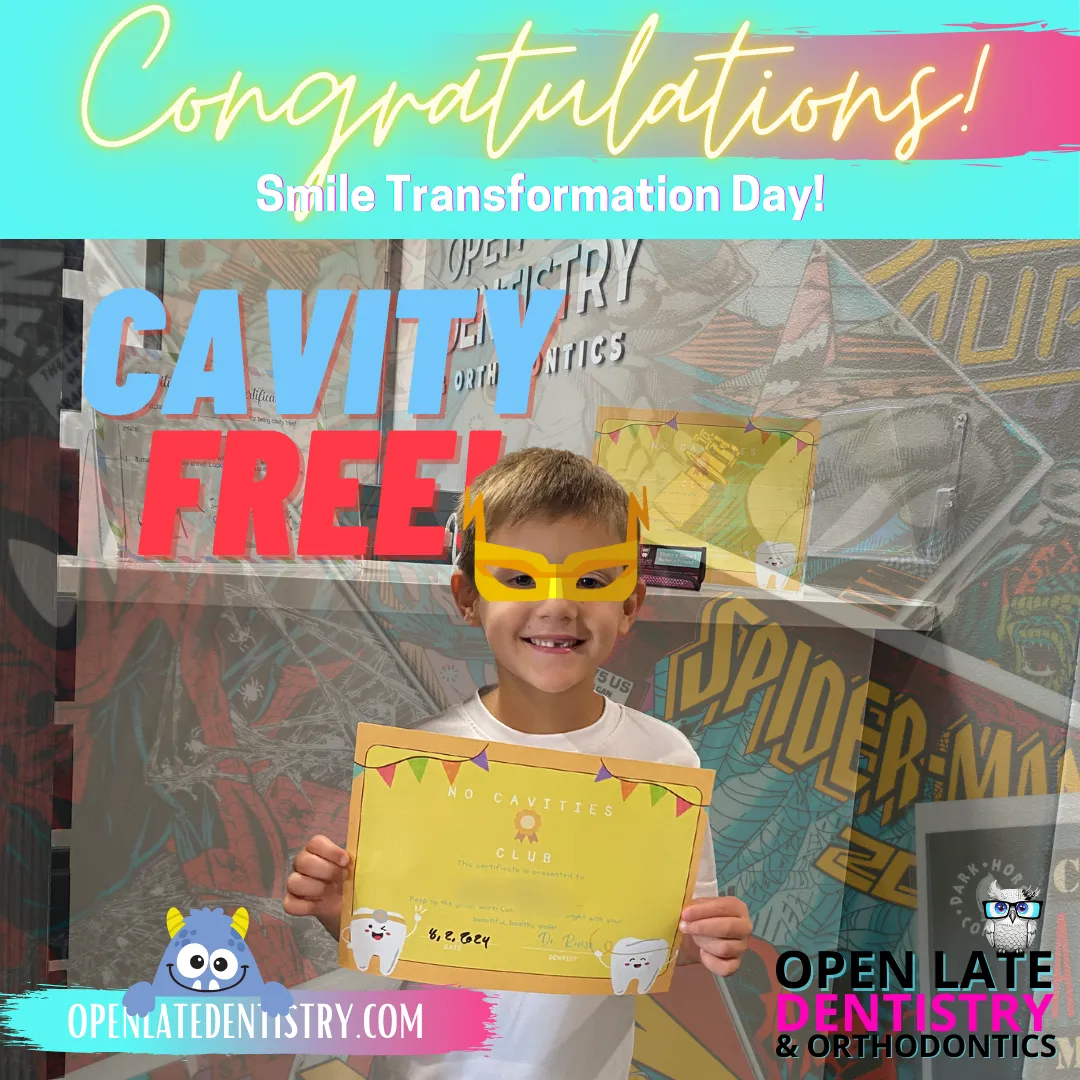
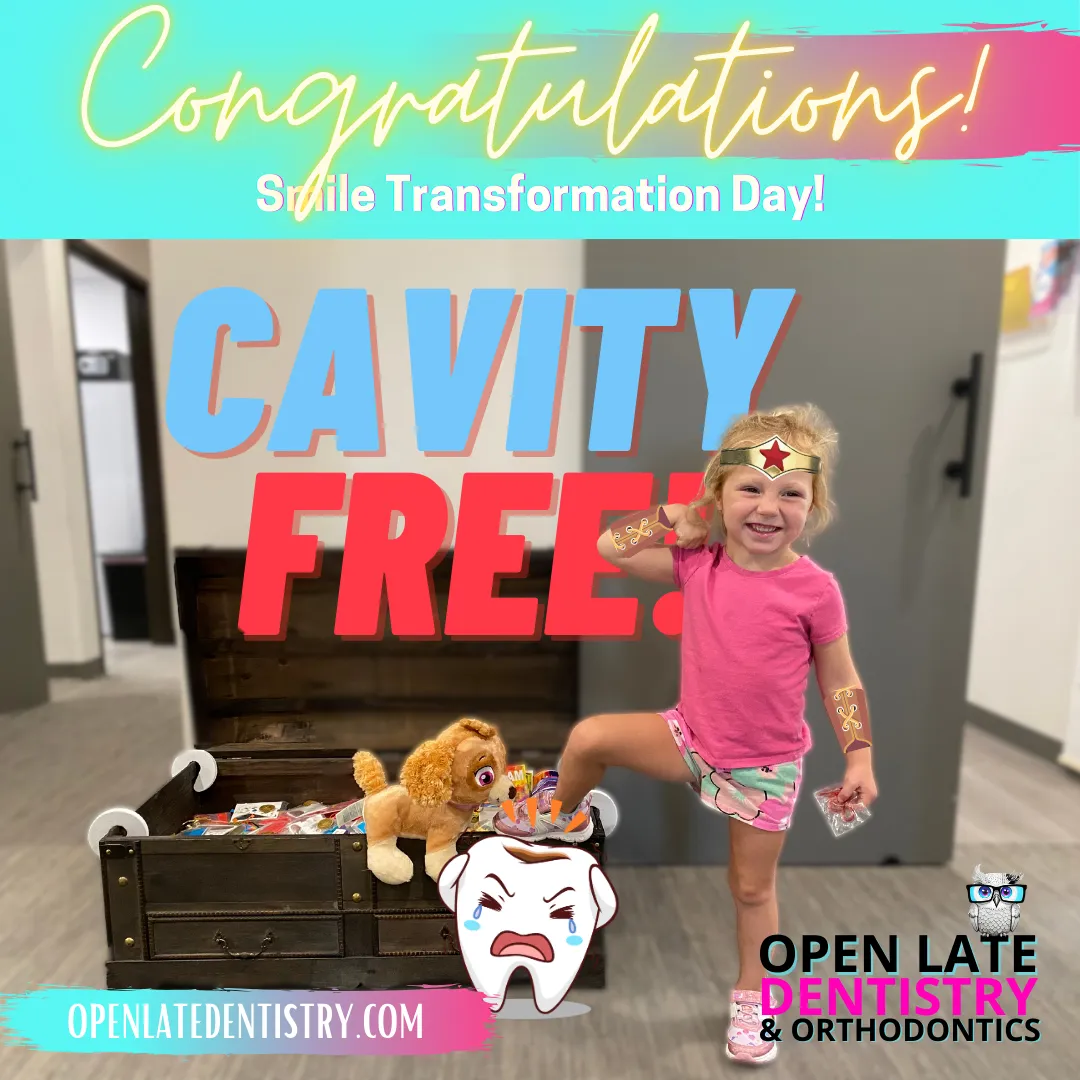
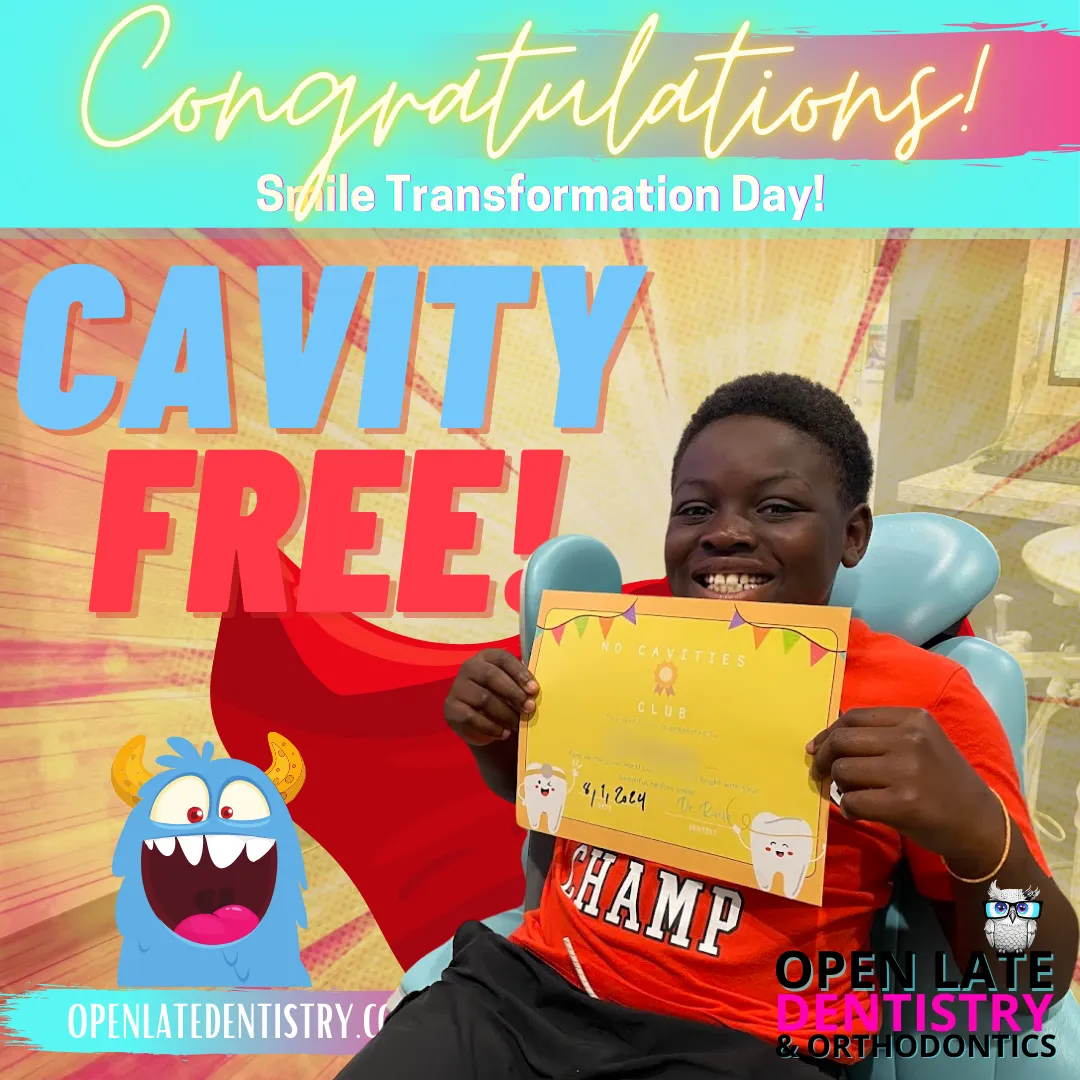

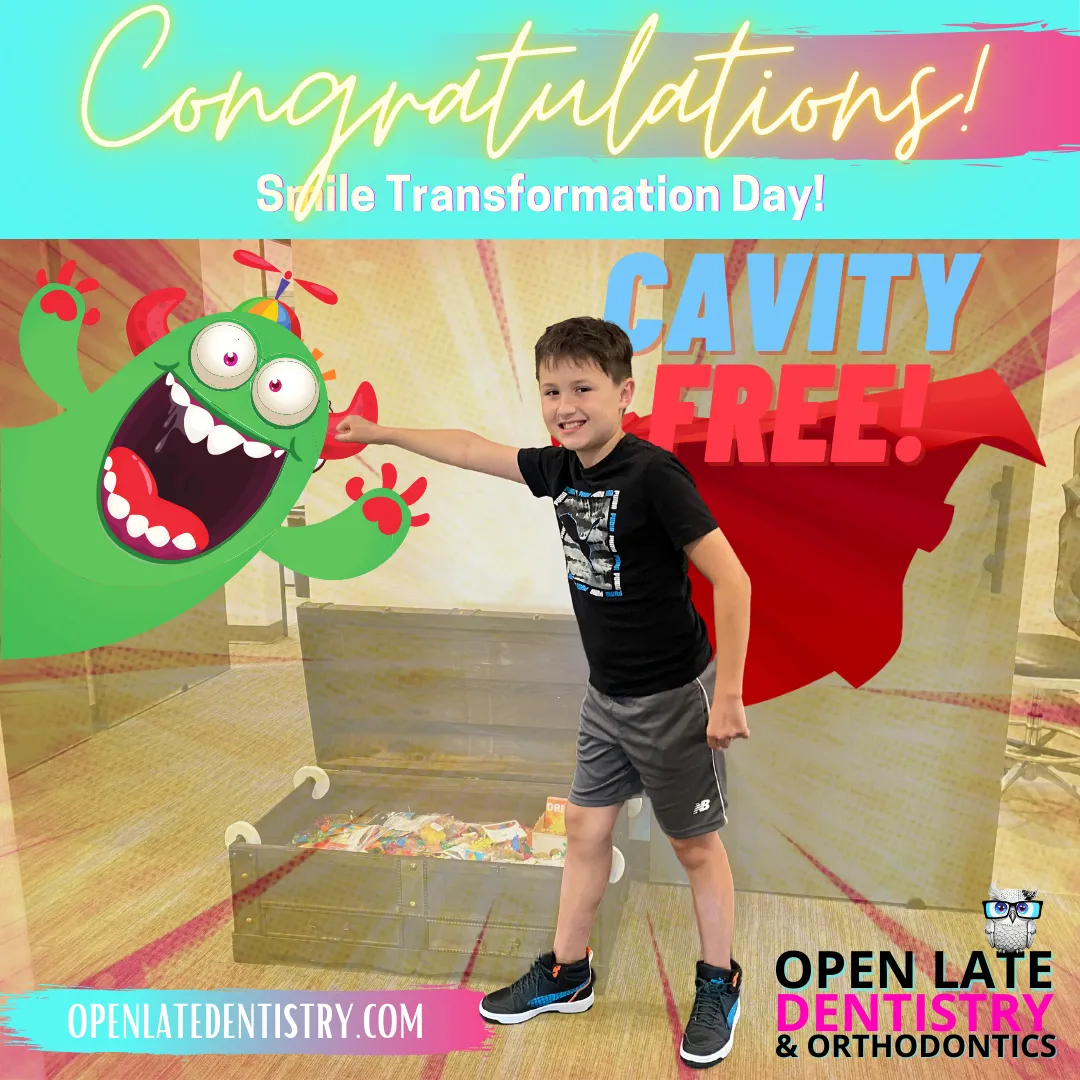
Why Open Late Dentistry?

Advanced Tech. Better Smiles
"These guys are an amazing team! Always on time, thorough, professional and friendly! All the new technology too. Highly recommend"
Susan D.
⭐⭐⭐⭐⭐

An Environment You’ll Love
"I always have a great experience at Open late dentistry. The environment and the infrastructure is great and the doctor is amazing."
Gokul H.
⭐⭐⭐⭐⭐

Easy Online Booking
"Had a wonderful experience at the Dentist today. The ease of booking an appointment online and the atmosphere were enough to put me at ease. The Dr and staff were both personable which made the process a breeze. I definitely recommend their services at Open Late Dentistry"
Kristin H.
⭐⭐⭐⭐⭐
TESTIMONIALS.
Don't just take our word for it... When it comes to who you trust your dental care with, see what our Celina-area residents are saying about the Open Late Dentistry and Orthodontics Team
TESTIMONIALS.
Over 400+ 5-Star Google Reviews
Don't just take our word for it. When it comes to who you trust your dental care with, see what our Celina-area residents are saying about the Open Late Dentistry and Orthodontics Team
F.A.Q.'s
How much is a kids cleaning?
The cost of a kids' dental cleaning can vary depending on your insurance coverage. Many plans cover preventive visits like cleanings at little to no cost. For families paying out of pocket, we offer a self-pay rate that includes the exam, cleaning, and any necessary X-rays. You can find details on our Pricing page.
Do you offer any sedation options for my child's dental treatment?
Yes—we understand how anxiety can affect both kids and parents. We offer options like nitrous oxide ("laughing gas") for dental treatments to help children stay calm and comfortable.
Why is it important to take my child to the dentist for their cleanings if they are just baby teeth?
Even though baby teeth aren’t permanent, they play a very important role in your child’s health and development. They help your child chew, speak clearly, and guide the adult teeth into their proper place. Losing them too early—whether from decay or other issues—can lead to crowding, misalignment, or a greater chance of needing braces later on. Cavities in baby teeth can also cause pain and infection, which sometimes spread if left untreated. Since the back baby molars aren’t usually lost until around age 12, these teeth need to stay healthy for many years. Regular dental visits let us keep an eye on your child’s growth and jaw development, check for habits that might affect their smile, and catch problems early. Just as importantly, these visits help your child build trust and confidence at the dentist, making future appointments much easier. Prevention and early care are always the best approach.
What happens during my child’s first dental visit?
Expect a gentle, welcoming experience! We’ll start with a brief exam, remove plaque and tartar, polish their teeth, and often apply fluoride for extra protection.
Dental cleaning is the third and final step of a routine dental checkup. The first is a thorough dental exam that may or may not include dental x-rays. If the dentist finds any dental problems at this stage, they will recommend a corrective procedure.
We’ve created a space where patients of all ages can feel comfortable. You’ll find TVs, music, and headphones in treatment rooms, as well as a kids' game area, treasure chest, and prize wall. We also give out cavity-free certificates to celebrate our young patients for keeping their smiles healthy and strong.
When do kids need braces or an orthodontic evaluation?
Early evaluations—often by age 7—allow us to monitor jaw growth and alignment. If needed, we’ll refer you for a timely orthodontic review to help guide your child’s development.
Do you offer weekend or after-school appointments for kids?
Yes—we know how busy life can get, so we offer convenient after-school and weekend appointments to fit your schedule. These popular spots fill up quickly and are available on a first-come, first-served basis, so we recommend booking early.
When should a child begin going to the dentist?
Children should have their first dental visit when the first tooth appears, and no later than their first birthday. If you ever have concerns about your child’s mouth, a dentist can see them at any age. Early visits set the foundation for healthy habits and allow us to monitor their oral development from the beginning.
How often should my child visit the dentist?
We generally recommend scheduling a checkup every six months. Depending on the circumstances of your child’s oral health, we may recommend more frequent visits.
My kids adult tooth is coming out from behind his baby tooth on the bottom.
If the baby tooth is loose or wiggly, it’s usually best to wait and see if it falls out on its own. However, if the baby tooth is not loose, it may not make room for the adult tooth to come in properly. In that case, your child may need to have the baby tooth safely extracted to avoid crowding or alignment issues. Let us take a look—we’ll guide you on the best next steps.
One common dental concern parents have with their children’s teeth is when their adult teeth come in before their baby teeth are out. This can cause crowding, toothaches, and even a condition that is sometimes referred to as “shark teeth” or when there are two rows of teeth. Although shark teeth may seem concerning, it is easily treatable and is actually common among children.
My child's tooth is turning dark, what should I do?
If a child bumps his or her primary baby tooth, it may turn dark. Usually this happens two to three weeks after an accident. It’s usually a gray or purple like colour. Whether it turns dark or not doesn’t always depend on the severity of the injury. However, that if the tooth is displaced or knocked very loose at the time of the injury, there seems to be a greater chance of it turning dark. If it doesn’t turn dark after a month, it likely won’t have any further problems. Sometimes it can turn a pink colour which can be another thing called internal resorption where the tooth resorbs from the inside out.
Will the tooth ever lighten back up?
It can lighten back. In fact most do, but it takes a while. There is just not a good blood supply there. In addition, there may have been such displacement of the tooth that the blood supply is damaged. Those teeth may not recover or lighten at all. Having said all that, most dark baby teeth do lighten back. If it is a permanent tooth, then it’s a whole other ball game. A traumatized permanent tooth that turns dark usually means the tooth is dead and will need a root canal to save it.
How long will it take for the tooth to light back up?
Baby teeth seem to take several months to lighten, usually around six months or so. It is kind of like a bruise inside the tooth. Unlike a bruise on the skin where there is a good blood supply, the tooth takes a longer amount of time to recover. Sometimes it will lighten to a slight opaque look, which is barely noticeable. This is due to the canal inside the tooth closing up. It’s like a scar inside the tooth. If this happens then the tooth looks pretty good and is not likely to have any further problems.
Sometimes the tooth never lightens. It stays dark. What can I do?
If the tooth has turned dark and there are no other signs of infection or injury, there often is no need for treatment. An X-ray is typically taken to check for problems. In a few cases, the tooth can abscess due to the death of the pulp inside the tooth. The body can’t get in there to heal. So it is important to watch for that. If the tooth is dark and you just don’t like looking at it, it may need extraction.
As the child ages and X-rays are taken, progress from an adult tooth coming in can be observed and rarely does a child’s tooth affect the adult tooth underneath, which is great news.
For children under six, we continue to monitor the tooth closely, as their dental development is still very early, and early intervention is not recommended—just observation.
What type of technology do you use to ensure my child’s safety during x-ray?
We use modern digital x-ray technology, which reduces radiation by up to 80‑90% compared to traditional film and offers high-quality images quickly and safely.
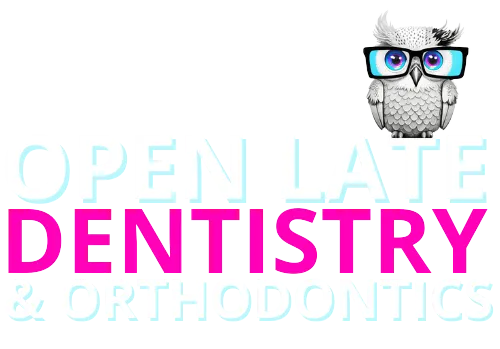
OFFICE HOURS
TUESDAY: 12:00 PM - 6:00 PM
WEDNESDAY: 12:00 PM - 6:00 PM
THURSDAY: 12:00 PM - 7:00 PM
FRIDAY: 10:00 AM - 5:00 PM
SATURDAY: 10:00 AM - 2:00 PM
(Select Saturdays Only)
OPEN LATE DENTISTRY & ORTHODONTICS
Contact Us
TEXT us at: 972-885-9670
Location
1212 S Preston Rd #130,
Celina, TX 75009, United States

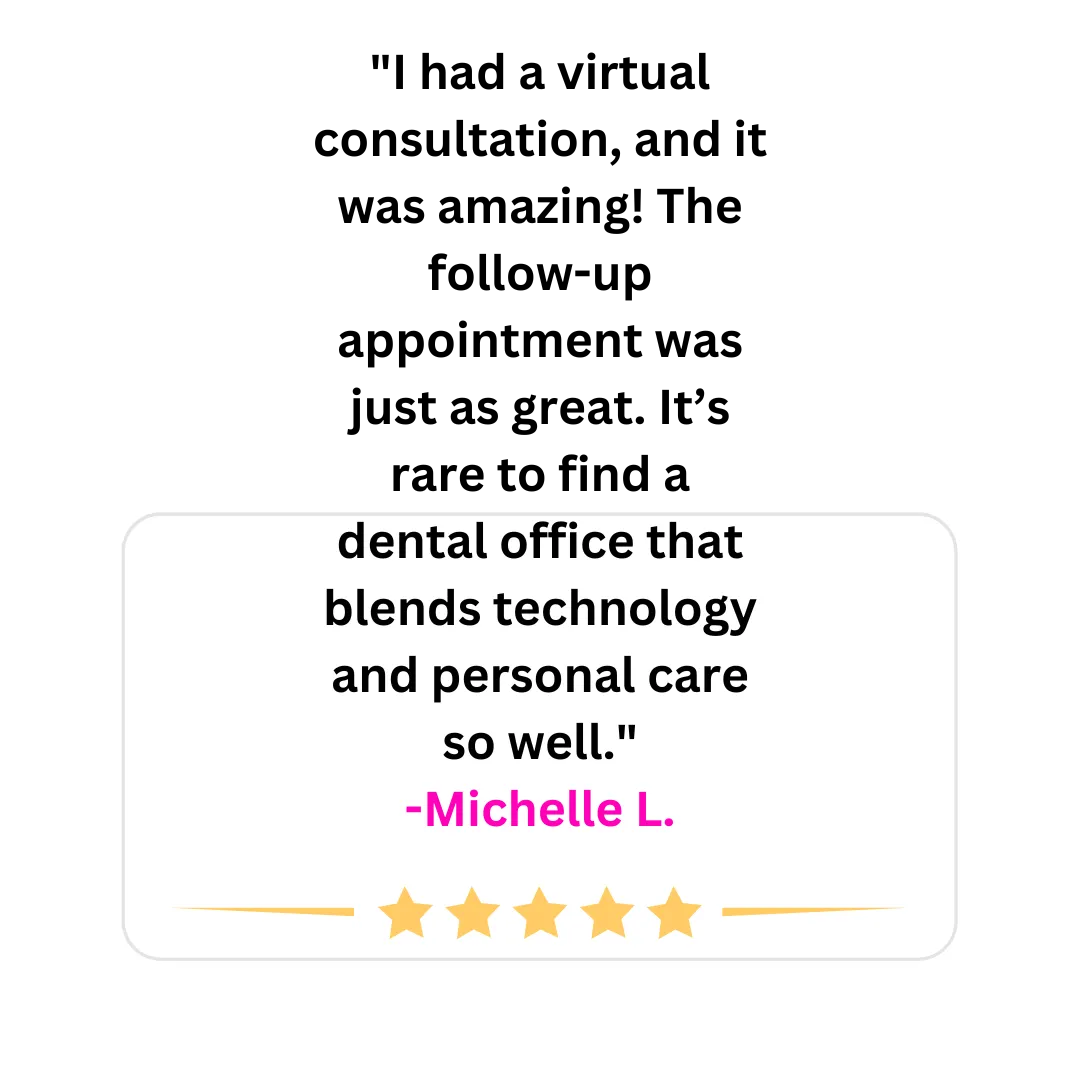



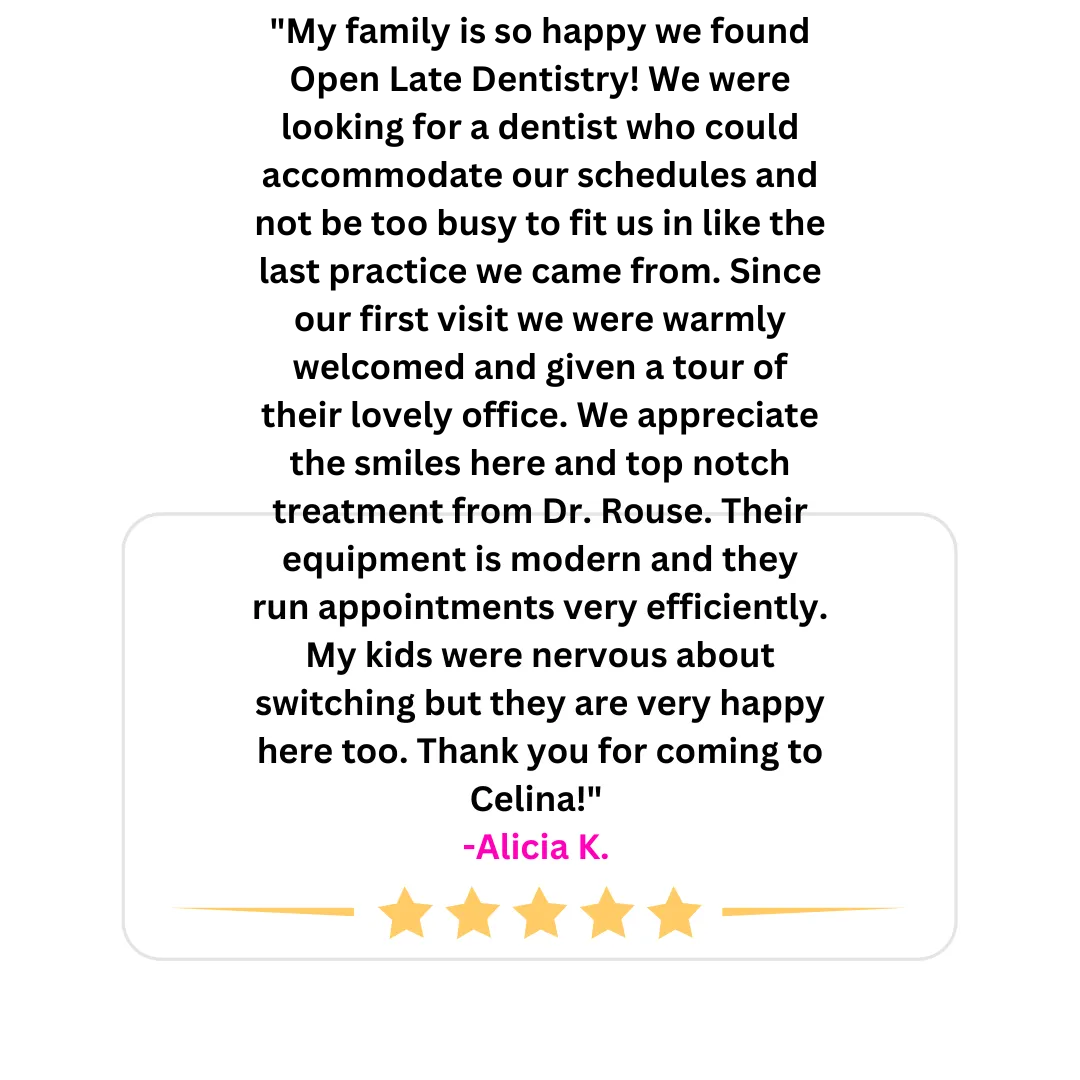



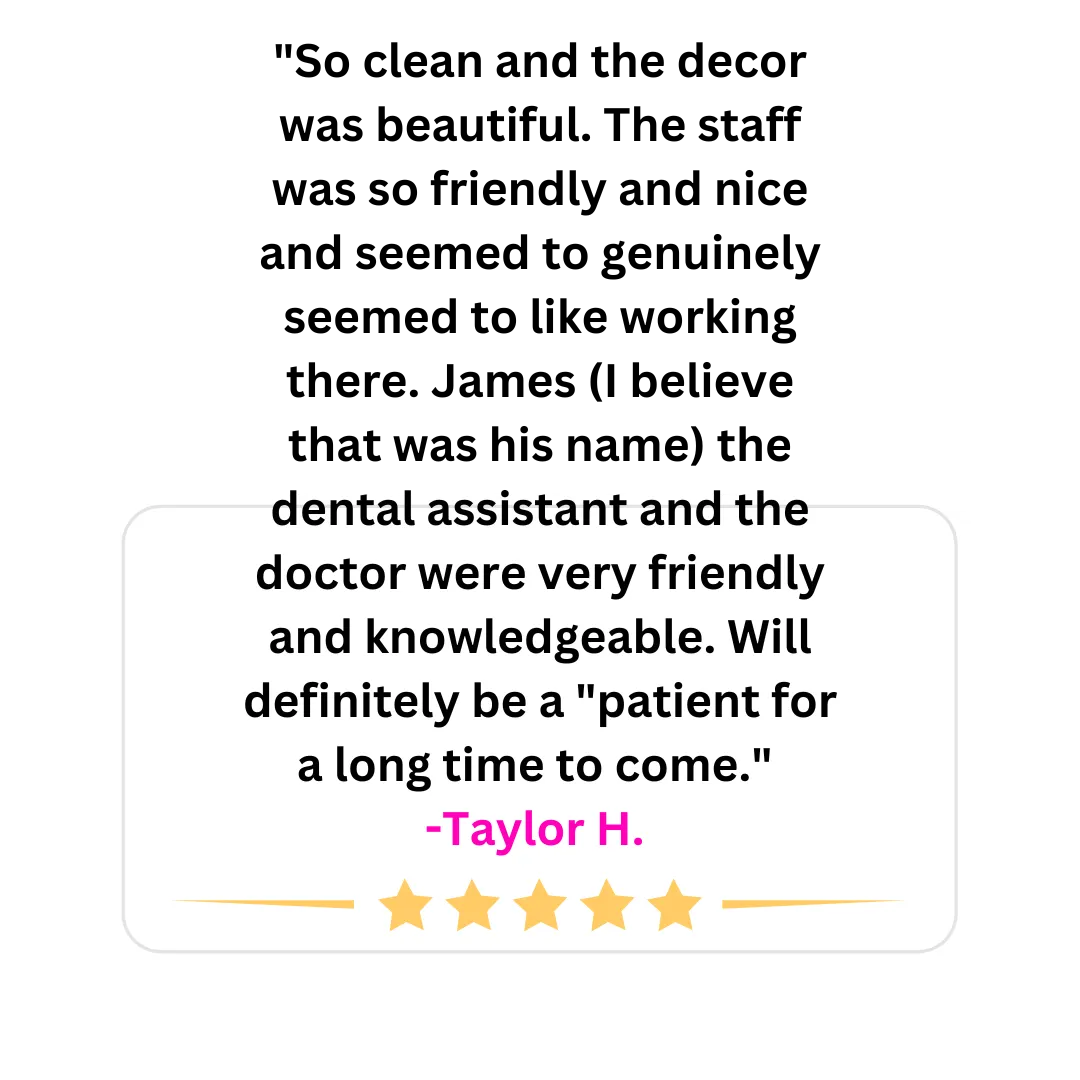
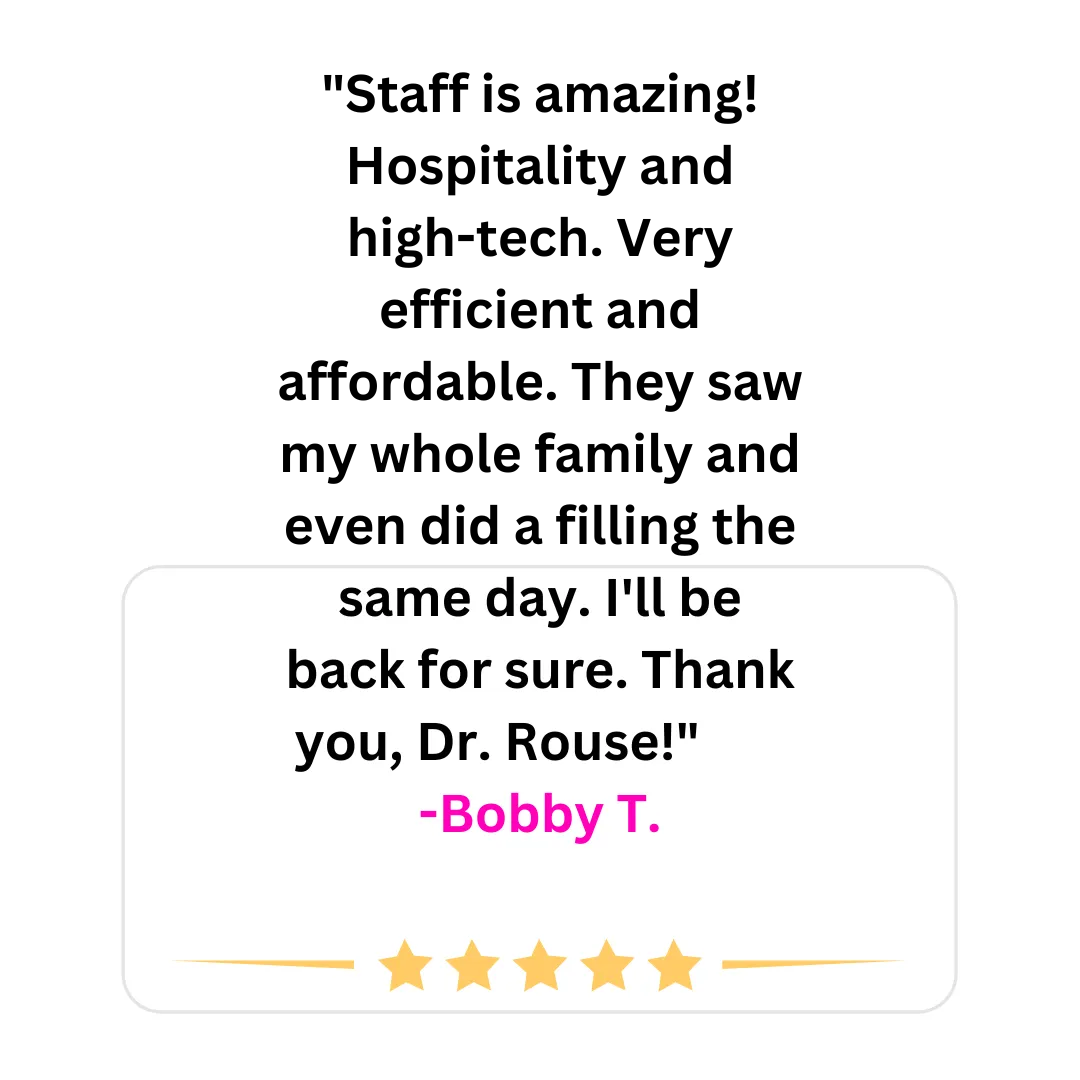

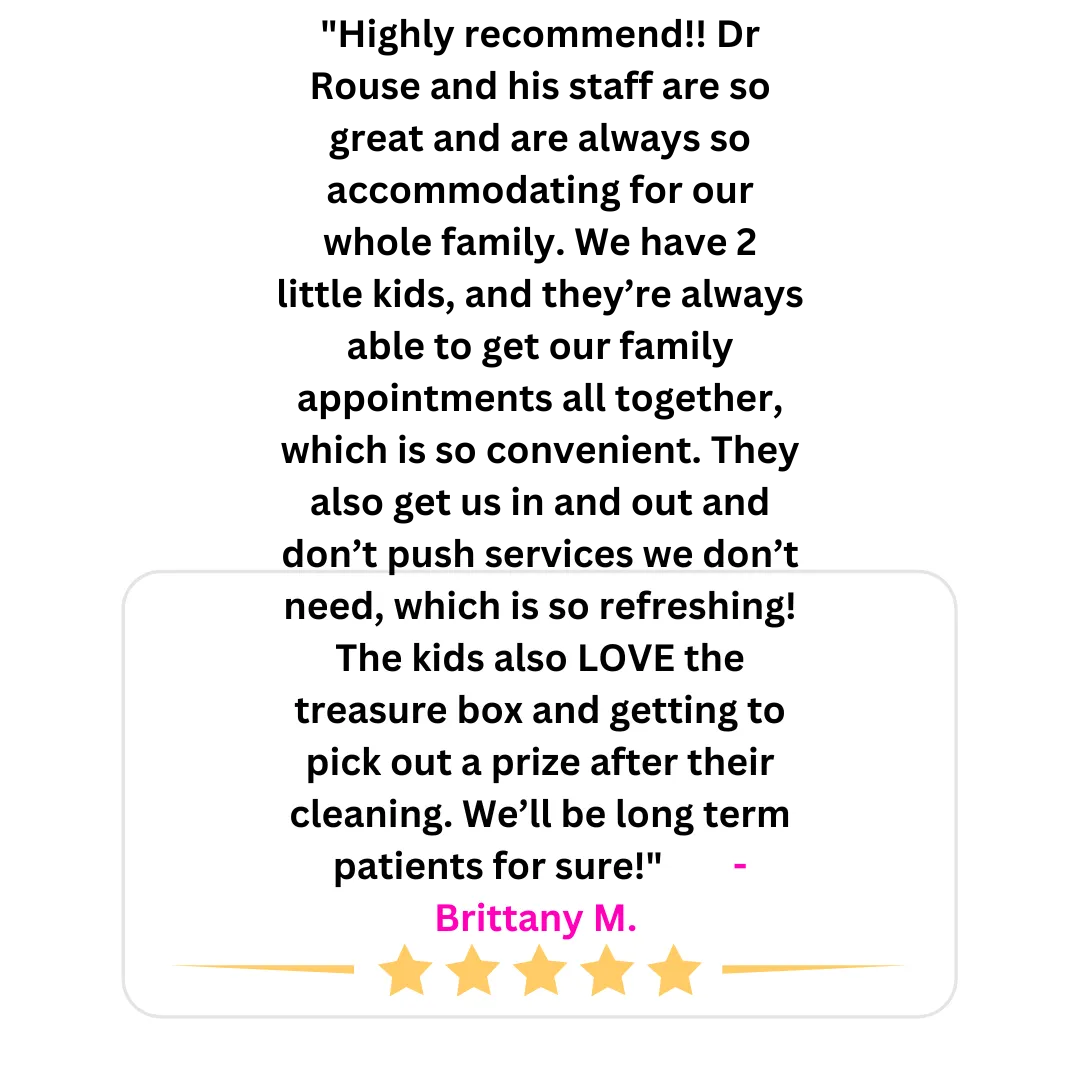



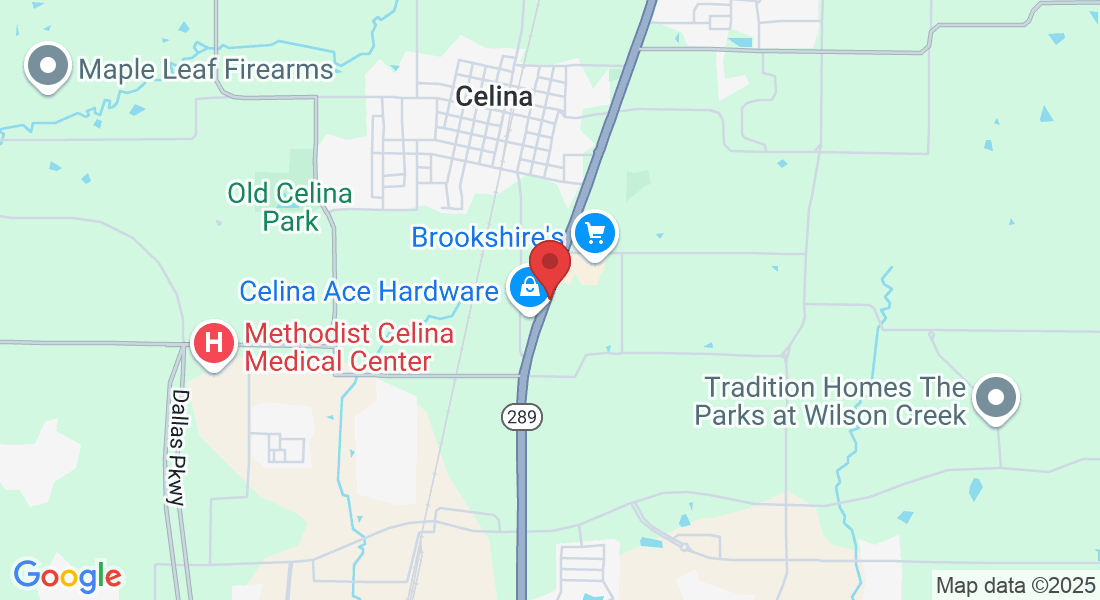
Facebook
Instagram